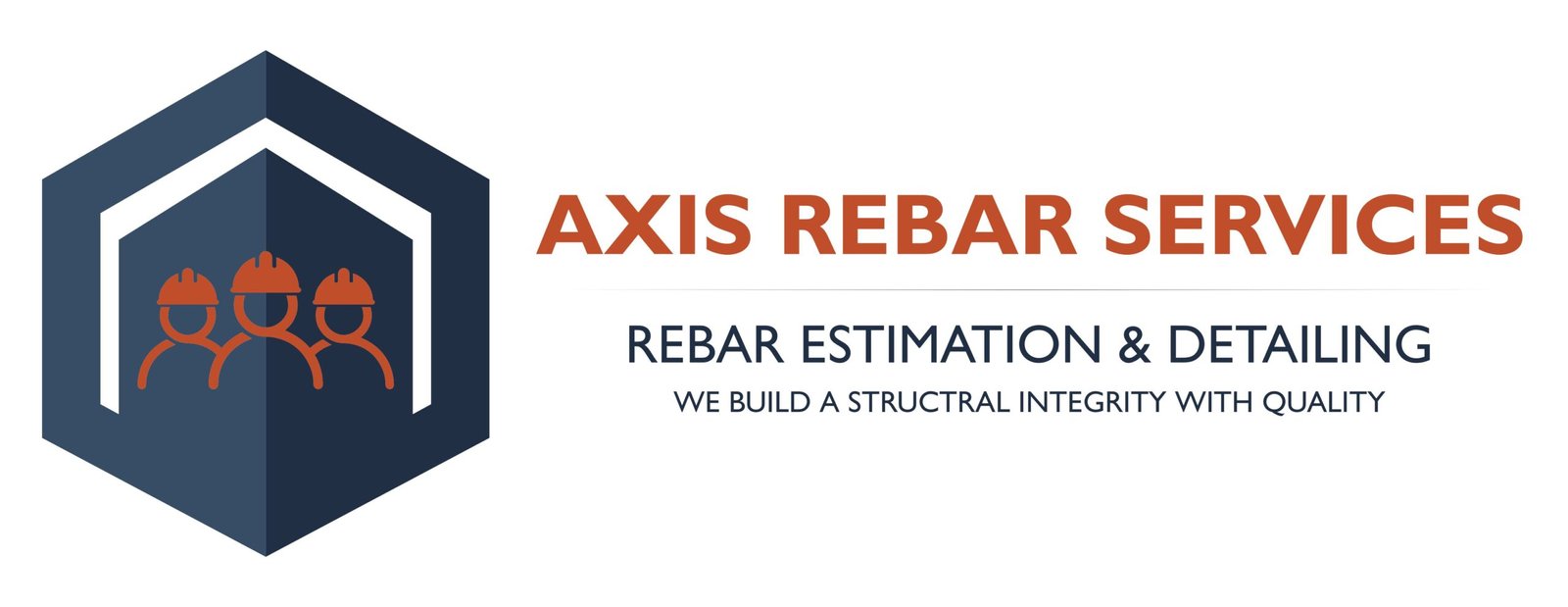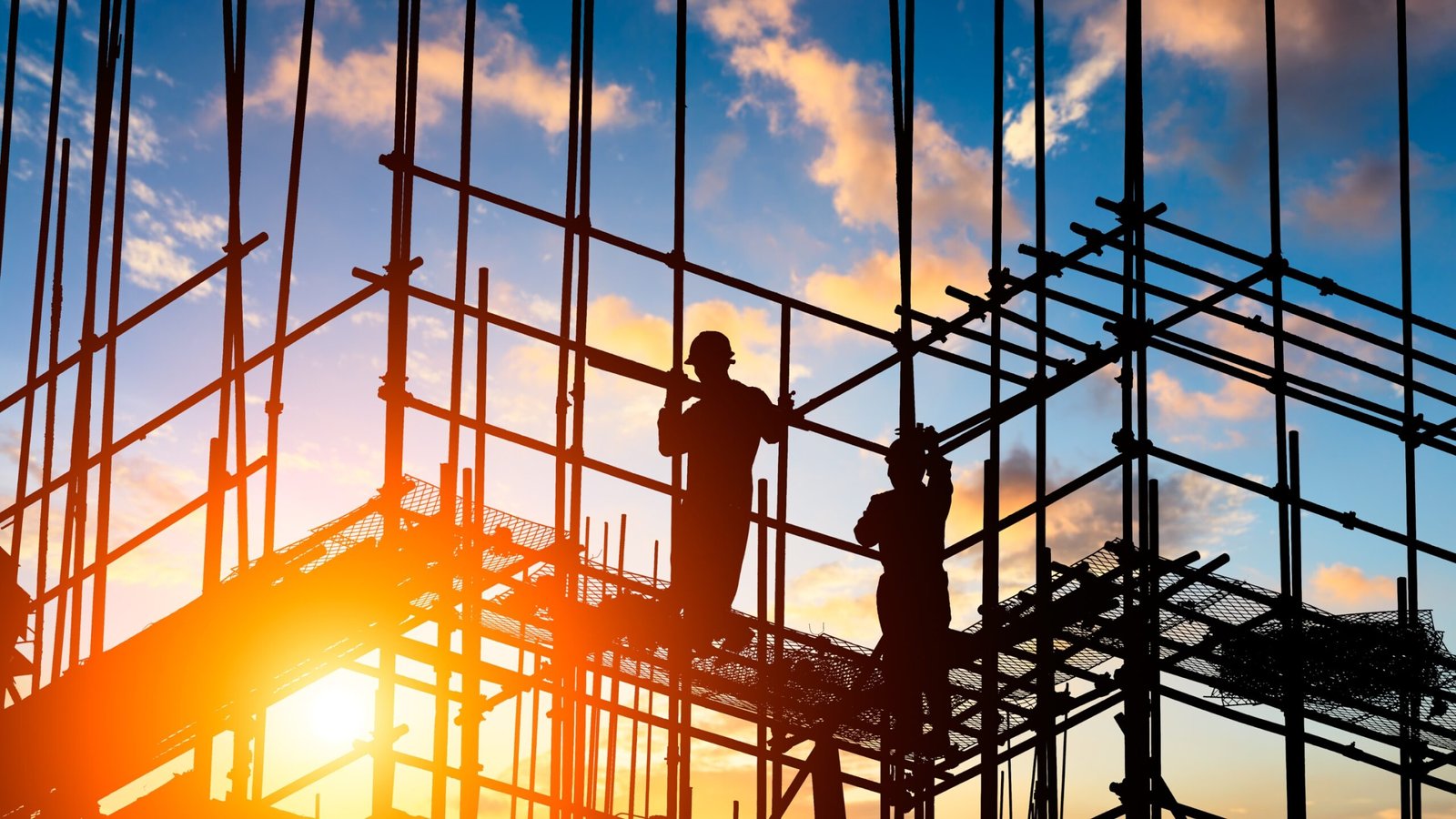Introduction
Rebar detailing is an essential aspect of modern construction, ensuring the strength, stability, and durability of reinforced concrete structures. Without precise detailing, construction projects may face material wastage, delays, and structural issues that could lead to safety hazards. In this blog, we will explore why accurate rebar detailing is crucial and how it benefits the construction industry.
The Role of Rebar Detailing
Rebar detailing involves preparing detailed drawings, bar bending schedules, and specifications that outline how reinforcement bars (rebars) should be placed in a structure. This process helps construction teams achieve:
- Structural Strength & Safety: Proper rebar placement ensures the structural integrity of buildings, bridges, and other infrastructure projects. Incorrect detailing can lead to weak points, increasing the risk of structural failure.
- Cost Efficiency: Precise detailing reduces material wastage and prevents unnecessary expenditures. It helps optimize rebar cutting and bending, ensuring that every piece is utilized effectively.
- Project Timeliness: When rebar details are clear and well-planned, construction teams can work more efficiently, reducing delays and avoiding rework.
Benefits of Accurate Rebar Detailing
- Enhanced Durability: Structures built with correctly detailed reinforcement last longer and can withstand environmental and load stresses effectively.
- Better Coordination: Detailed rebar drawings facilitate communication between engineers, architects, and construction teams, ensuring smooth project execution.
- Error Reduction: Accurate detailing minimizes errors that can lead to structural inconsistencies and project setbacks.
Conclusion
Investing in precise rebar detailing is essential for construction companies aiming for high-quality, cost-effective, and timely project completion. It not only enhances structural reliability but also improves efficiency and safety in the construction process.

